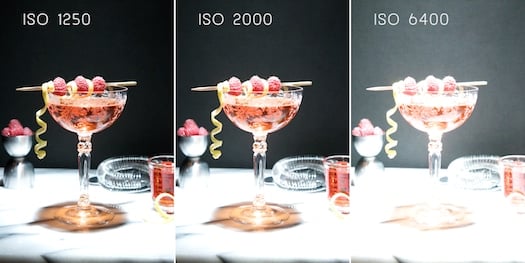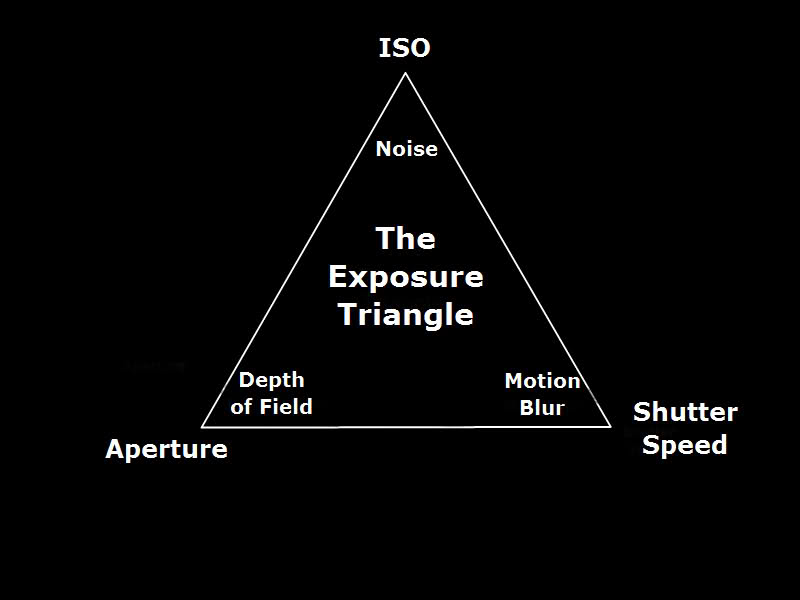Exposure Triangle
The Exposure Triangle is composed of ISO, Shutter Speed and Aperture which controls the light.
Shutter Speed (Time)
It is he amount of time that the shutter is open. It is also the amount of time the light hits the camera sensor. The longer the time (or the slower) the shutter is open the more light comes in; while the shorter the time (or the faster) the shutter is open the less light comes in.
Shutter speed also controls the sharpness of the subject. The faster the shutter speed the sharper your subject can be; while the slower the shutter speed the more it shows motion blur.
Here are some list of full stops of shutter speed:
1, 1/2, 1/4, 1/8, 1/15, 1/30, 1/60, 1/125, 1/250, 1/500, 1/1000

Aperture (Hole)
It controls the light through the hole. The hole lets the light in. Bigger the hole the more lights gets in (or the brighter the subject is); while smaller the hole the lesser lights gets in.
Aperture also controls the depth of field or the focus of the subject.

ISO (Sensitivity to Light)
It controls the lighting of the subject or the image. ISO provides light if there aren't sufficient natural light of the subject. The higher the ISO the brighter the subject; while the lower the ISO the lesser artificial light the camera provides to the subject.
ISO is the last to adjust among the the three components of Exposure.




No comments:
Post a Comment